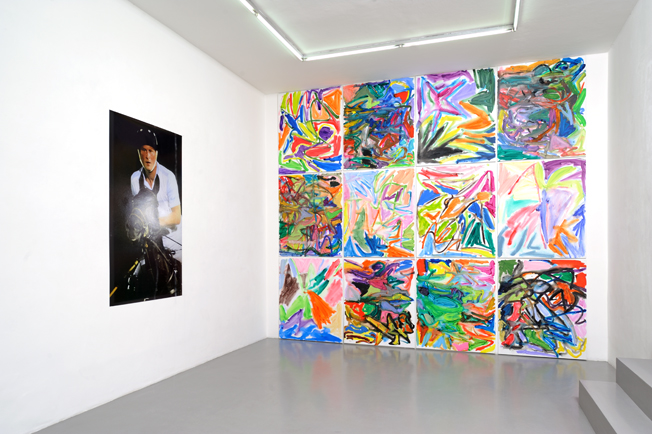 Installation view
Installation view
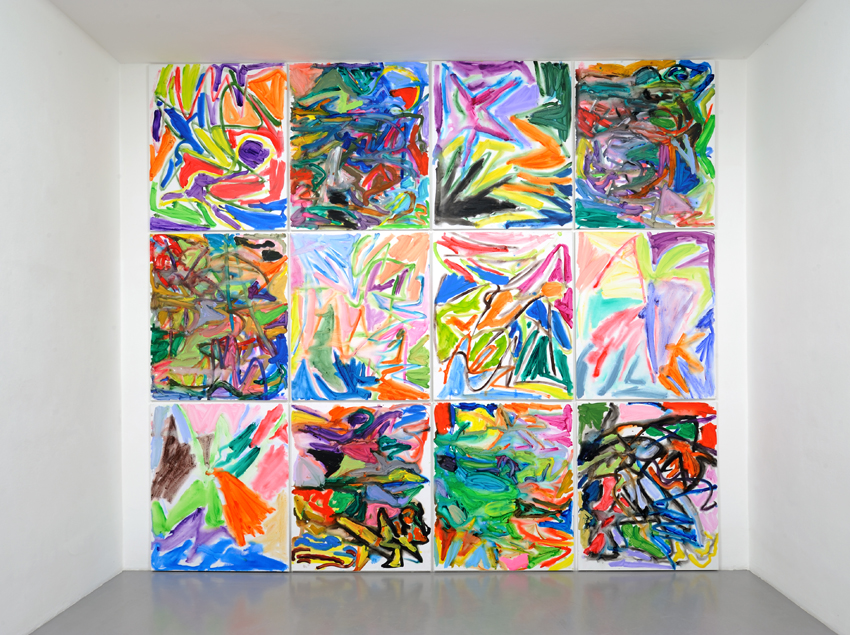 Installation view
Installation view
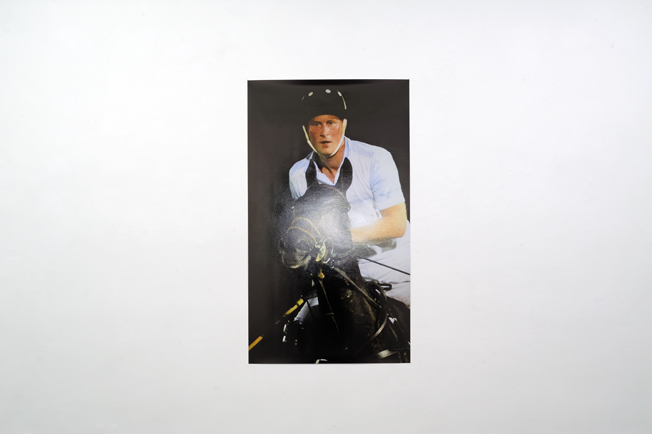 Installation view
Installation view
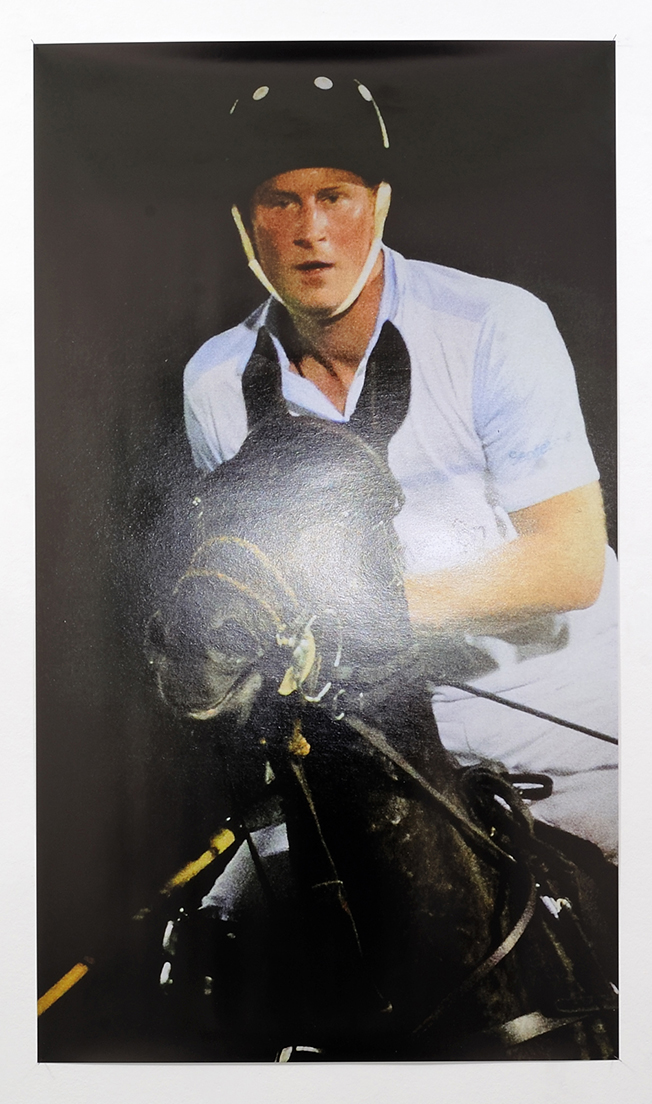 STAR 1 (Prince Harry), 2015, c-print, edition 1/1 + 2 AP
STAR 1 (Prince Harry), 2015, c-print, edition 1/1 + 2 AP
174 x 100 cm
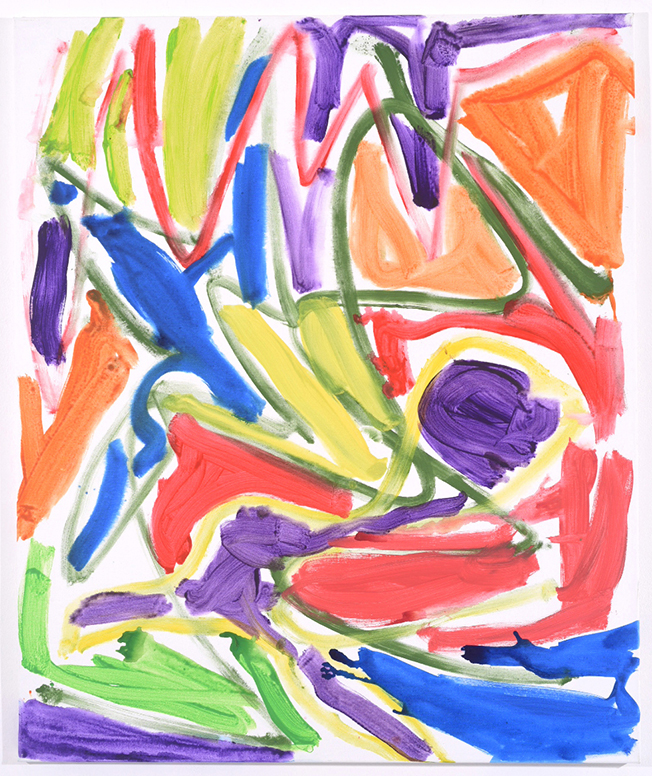 STAR 2, 2015, acrylic on canvas
STAR 2, 2015, acrylic on canvas
120 x 100 cm
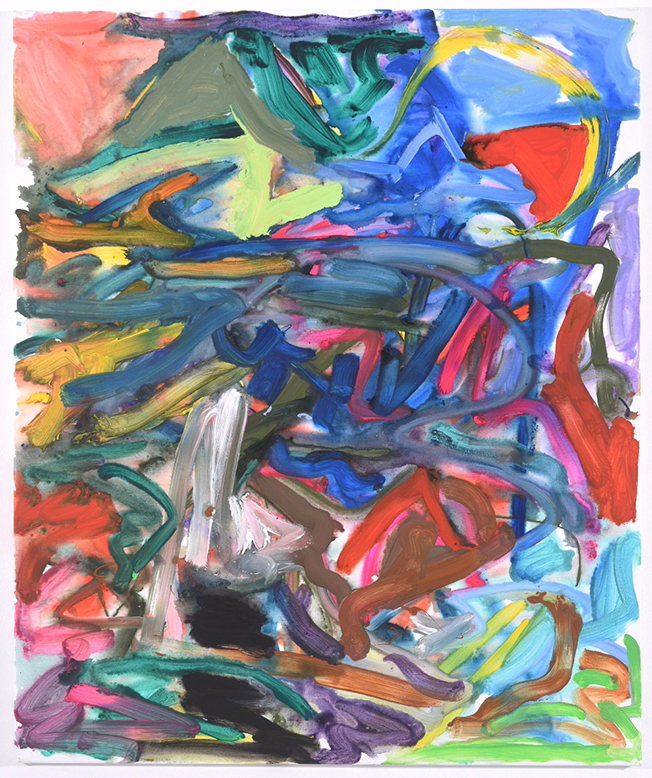 STAR 3, 2015, acrylic on canvas,
STAR 3, 2015, acrylic on canvas,
120 x 100 cm
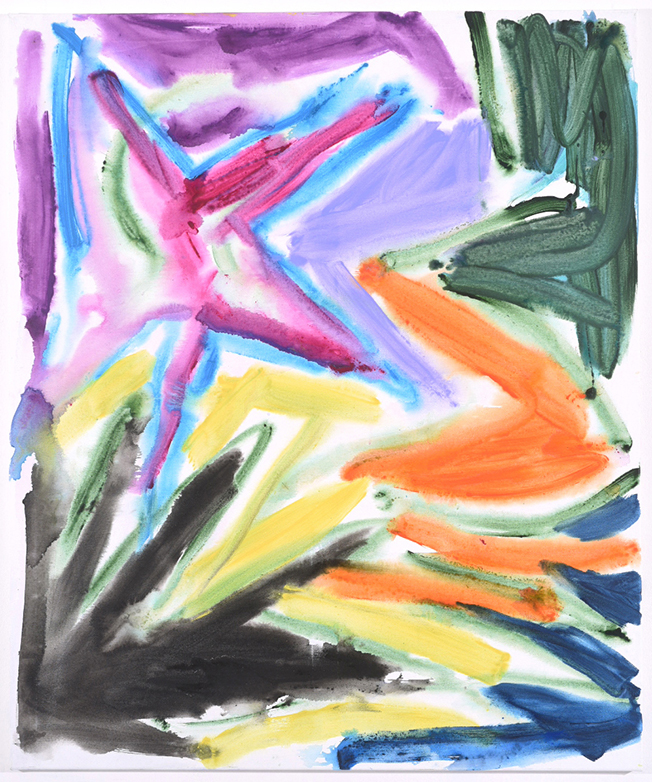 STAR 4, 2015, acrylic on canvas
STAR 4, 2015, acrylic on canvas
120 x 100 cm
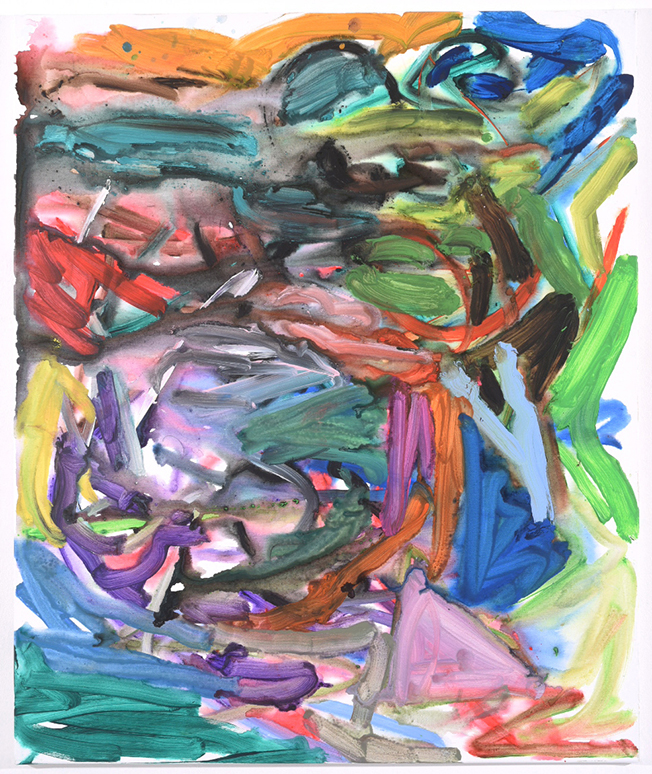 STAR 5, 2015, acrylic on canvas
STAR 5, 2015, acrylic on canvas
120 x 100 cm
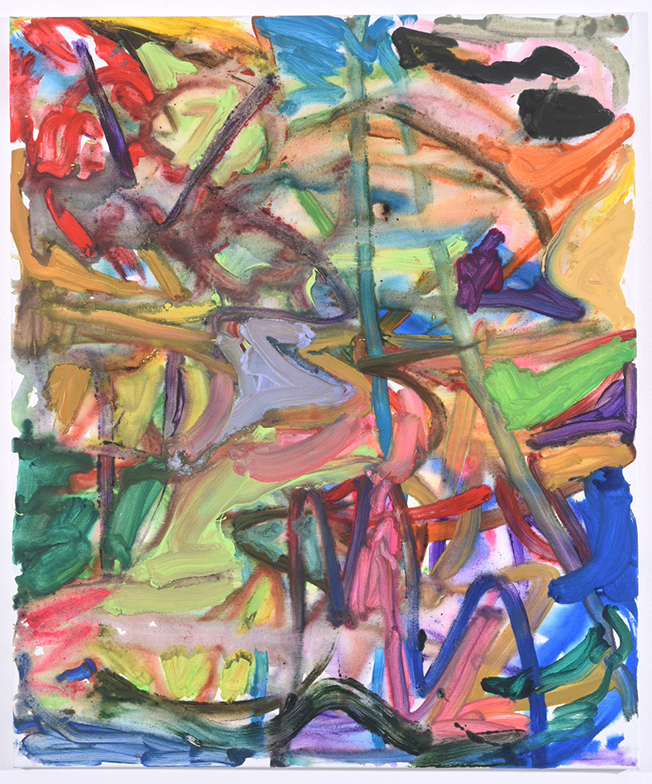 STAR 6, 2015, acrylic on canvas
STAR 6, 2015, acrylic on canvas
120 x 100 cm
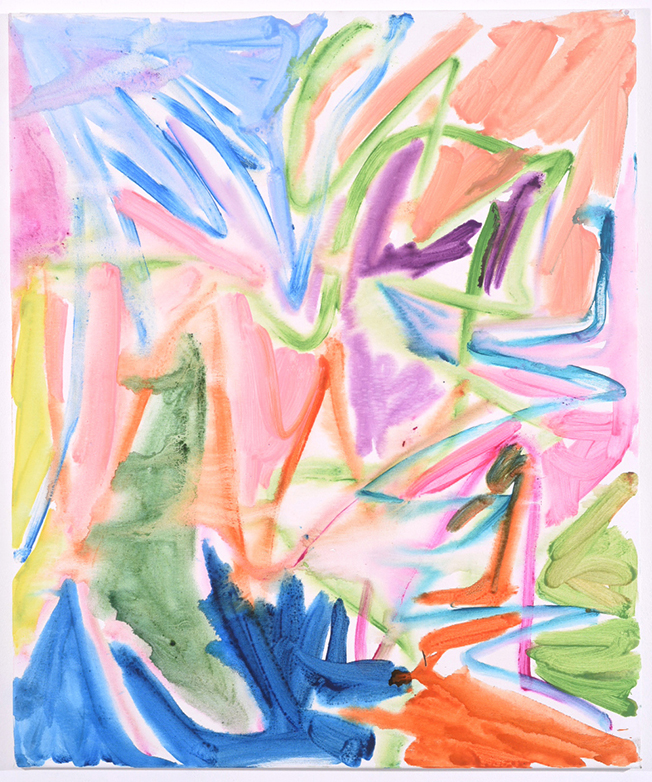 STAR 7, 2015, acrylic on canvas
STAR 7, 2015, acrylic on canvas
120 x 100 cm
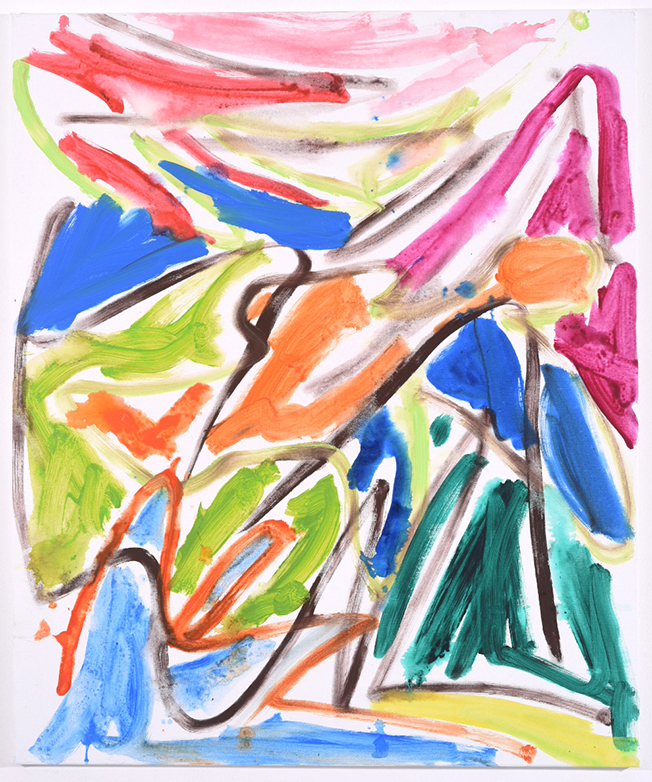 STAR 8, 2015, acrylic on canvas
STAR 8, 2015, acrylic on canvas
120 x 100 cm
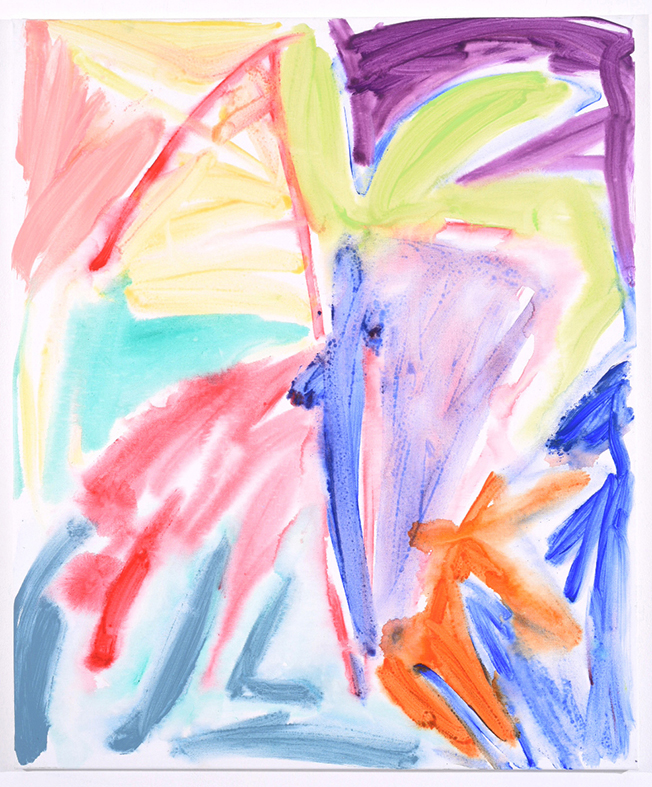 STAR 9, 2015, acrylic on canvas
STAR 9, 2015, acrylic on canvas
120 x 100 cm
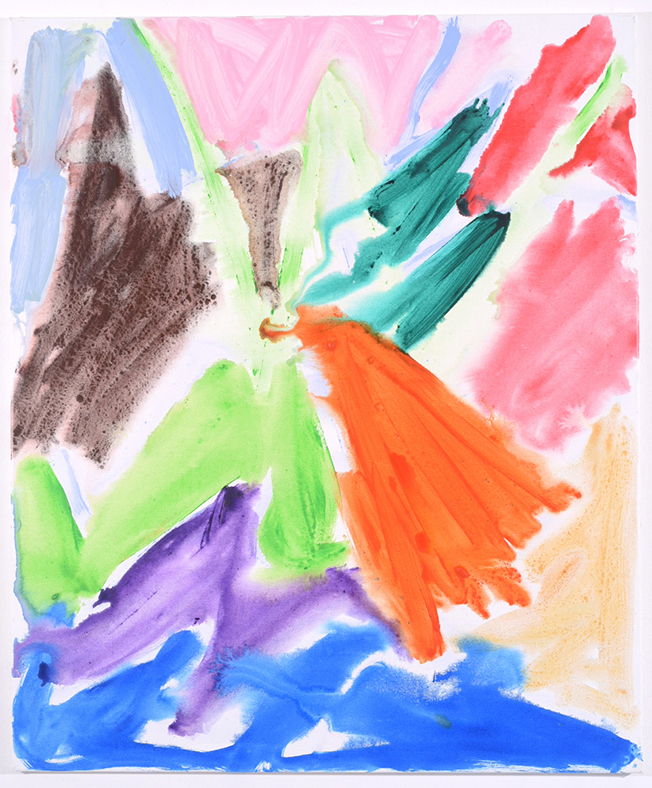 STAR 10, 2015, acrylic on canvas
STAR 10, 2015, acrylic on canvas
120 x 100 cm
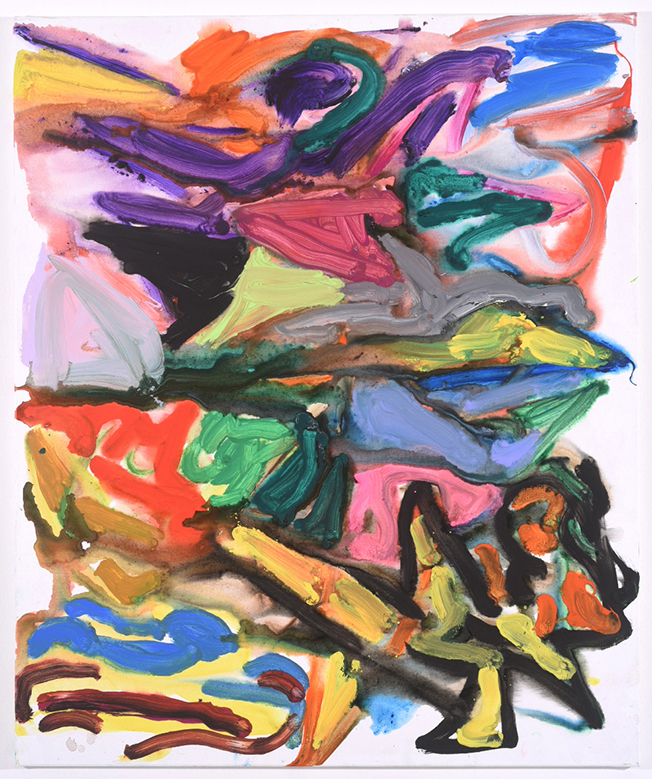 STAR 11, 2015, acrylic on canvas
STAR 11, 2015, acrylic on canvas
120 x 100 cm
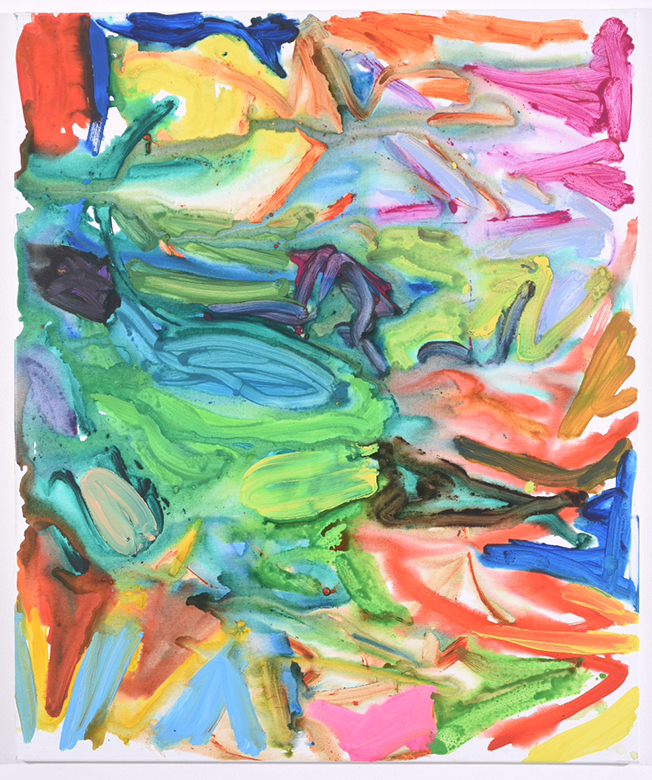 STAR 12, 2015, acrylic on canvas
STAR 12, 2015, acrylic on canvas
120 x 100 cm
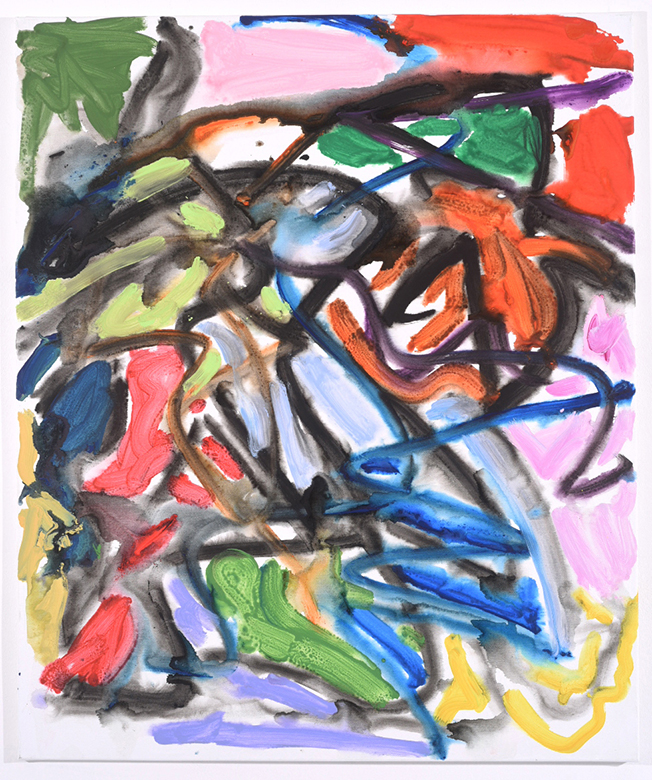 STAR 13, 2015, acrylic on canvas
STAR 13, 2015, acrylic on canvas
120 x 100 cm
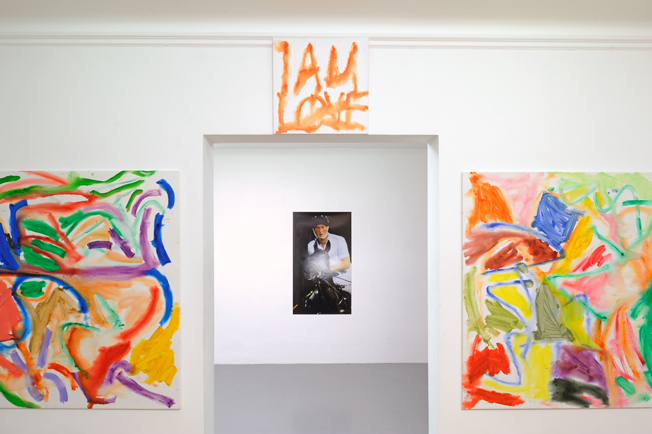 Installation view
Installation view
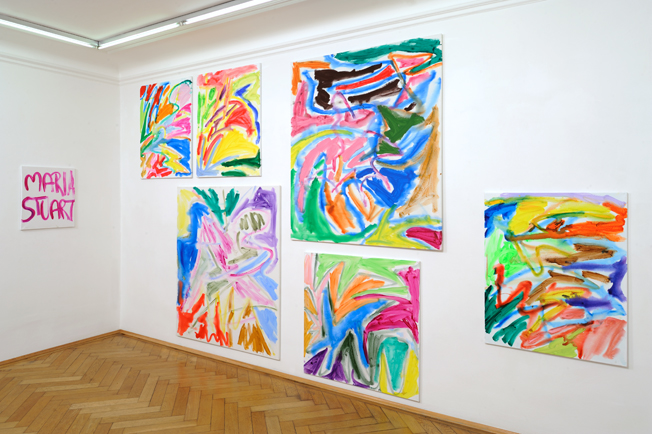 Intallation view
Intallation view
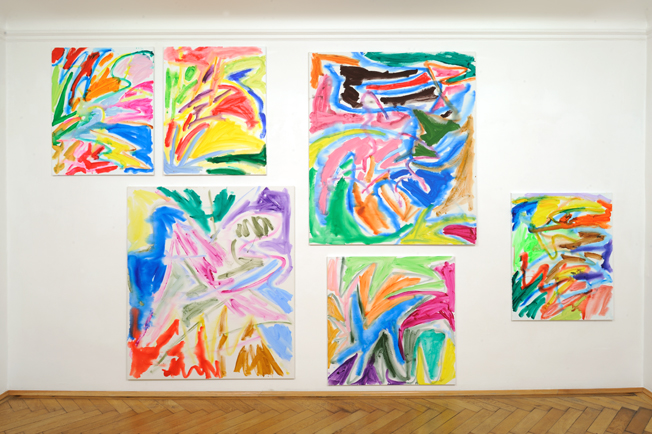 Installation view
Installation view
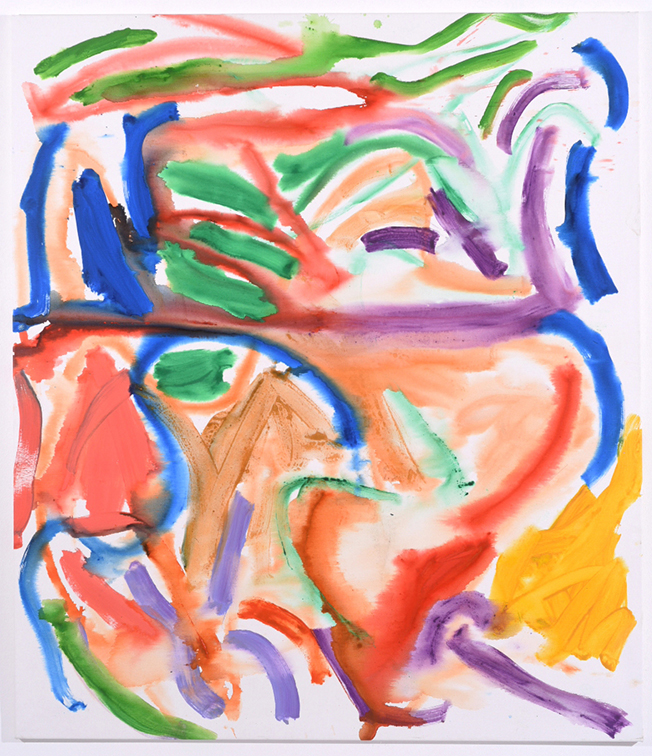 STAR 14, 2015, acrylic on canvas
STAR 14, 2015, acrylic on canvas
150 x 130 cm
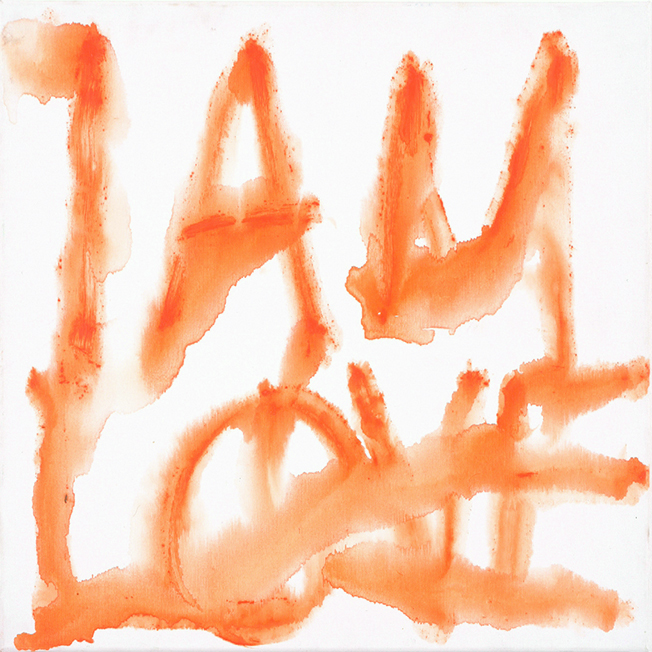 STAR 15 (I AM LOVE), 2015, acrylic on canvas
STAR 15 (I AM LOVE), 2015, acrylic on canvas
60 x 60 cm
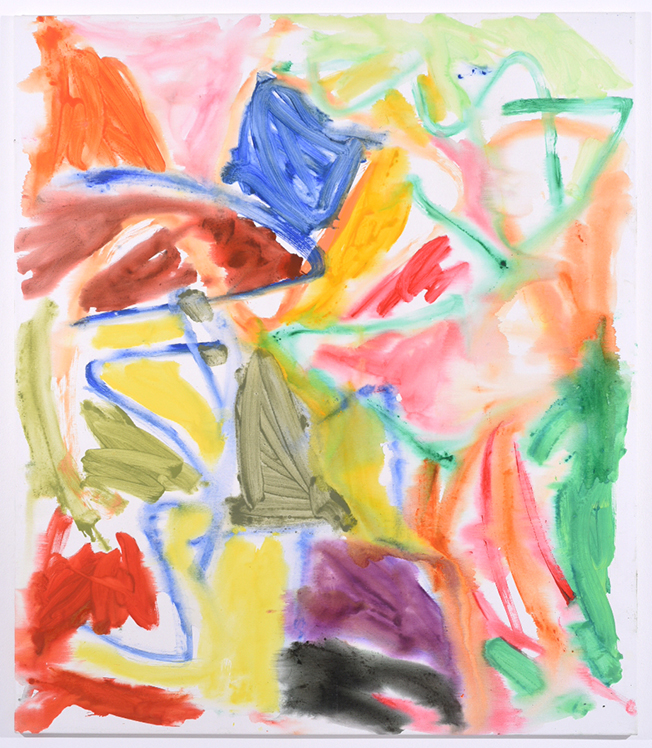 STAR 16, 2015, acrylic on canvas
STAR 16, 2015, acrylic on canvas
150 x 130 cm
 STAR 17 (MARIA STUART), 2015, acrylic on canvas
STAR 17 (MARIA STUART), 2015, acrylic on canvas
60 x 50 cm
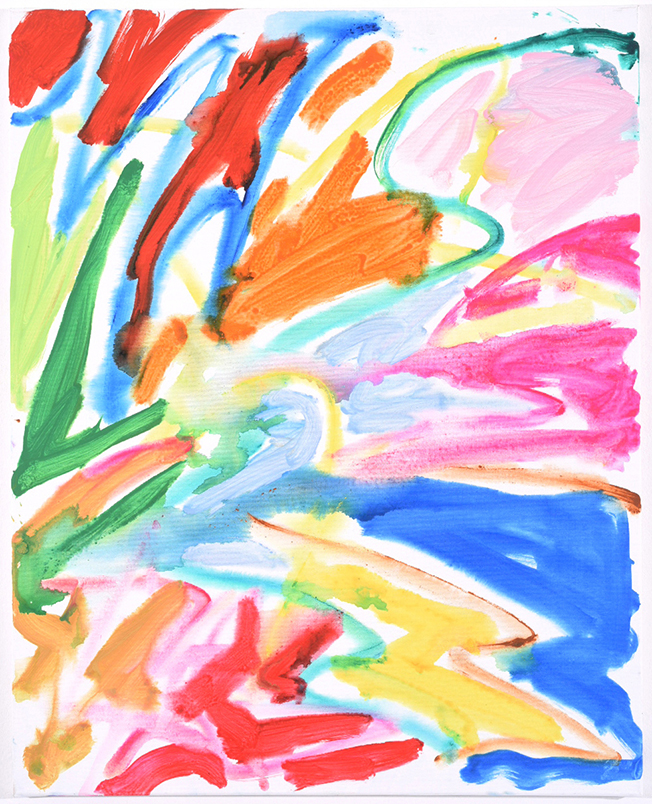 STAR 18, 2015, acrylic on canvas
STAR 18, 2015, acrylic on canvas
100 x 80 cm
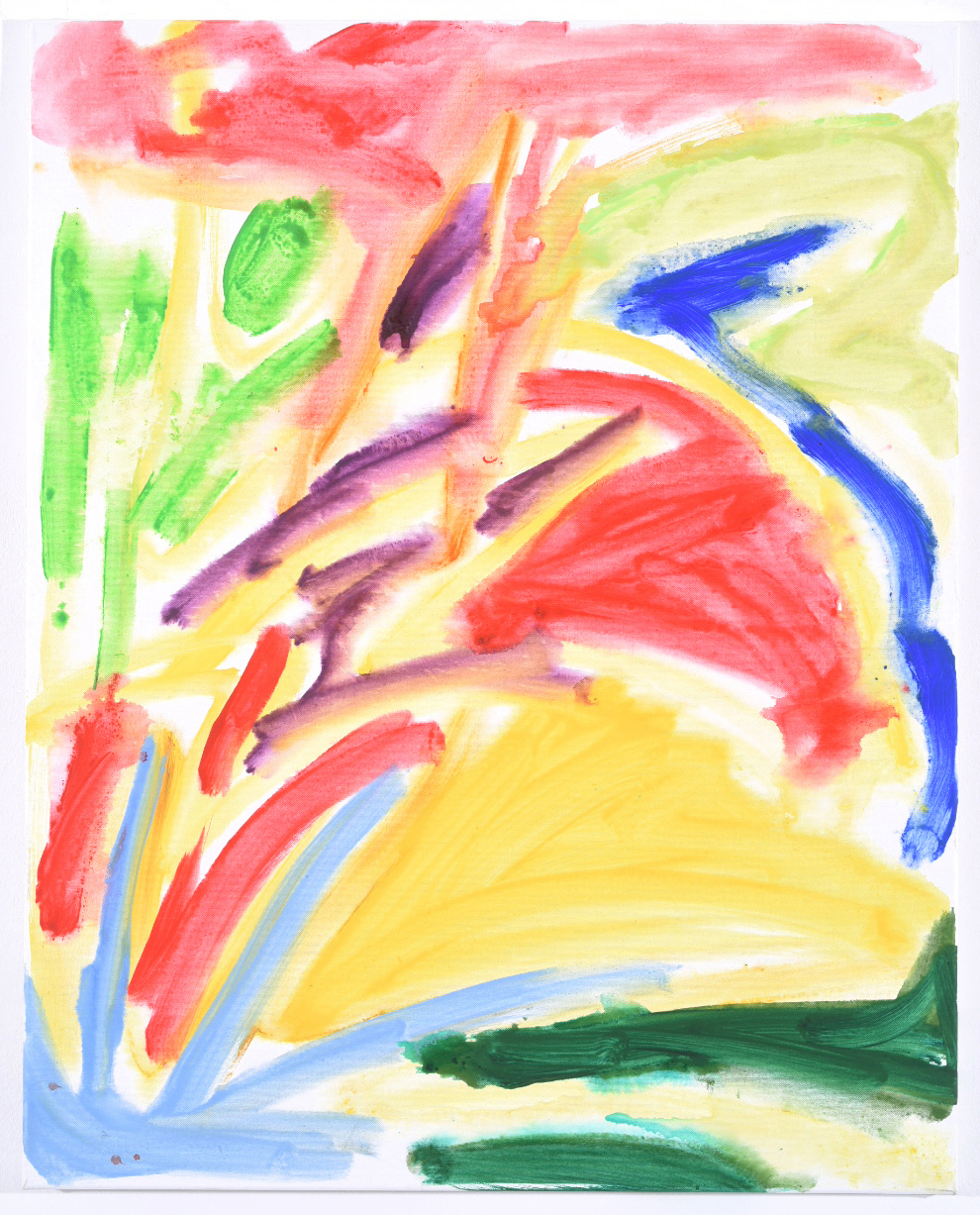 STAR 19, 2015, acrylic on canvas
STAR 19, 2015, acrylic on canvas
100 x 80 cm
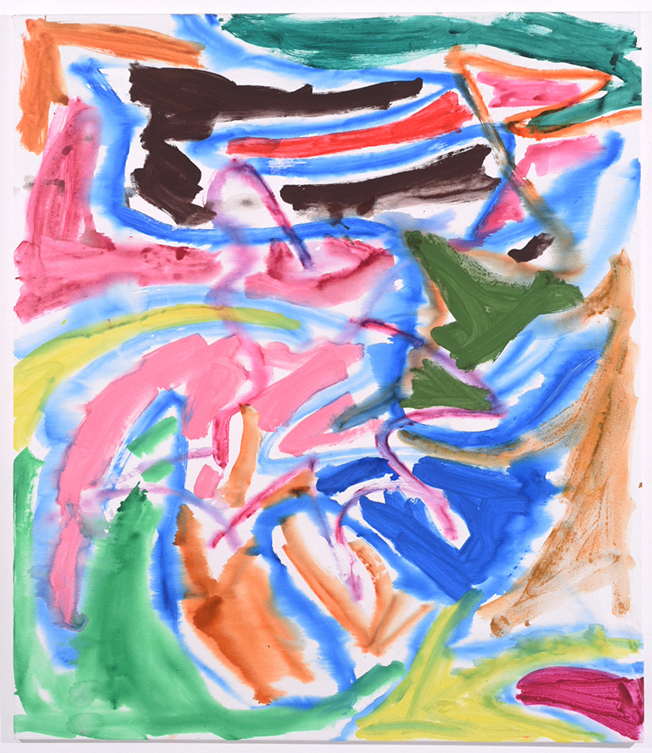 STAR 20, 2015, acrylic on canvas
STAR 20, 2015, acrylic on canvas
150 x 130 cm
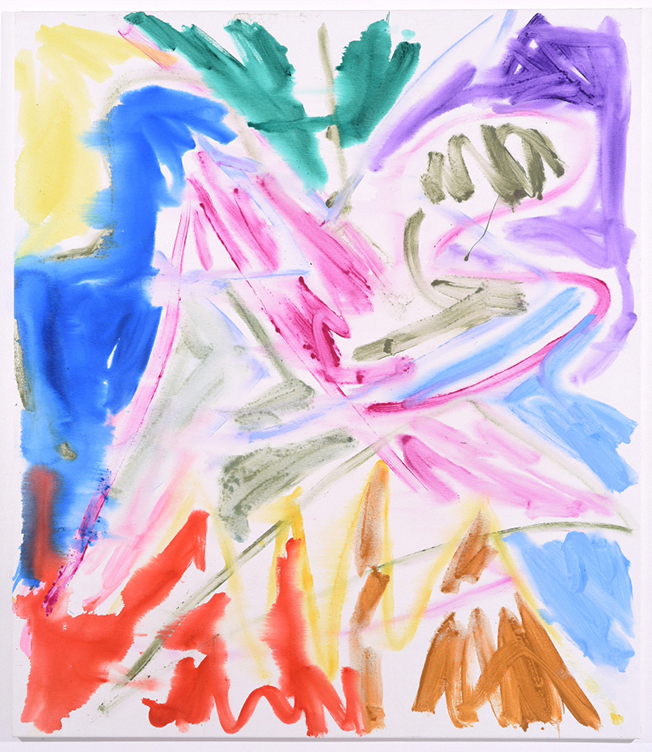 STAR 21, 2015, acrylic on canvas
STAR 21, 2015, acrylic on canvas
150 x 130 cm
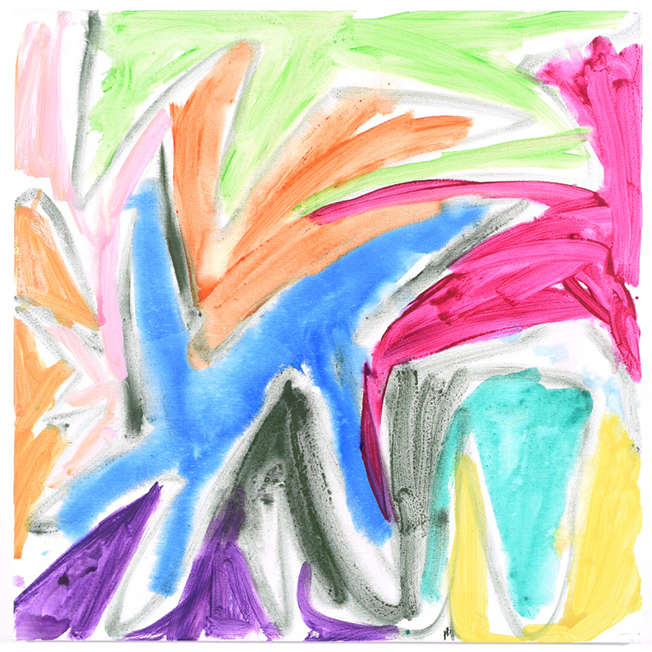 STAR 22, 2015, acrylic on canvas
STAR 22, 2015, acrylic on canvas
100 x 100 cm
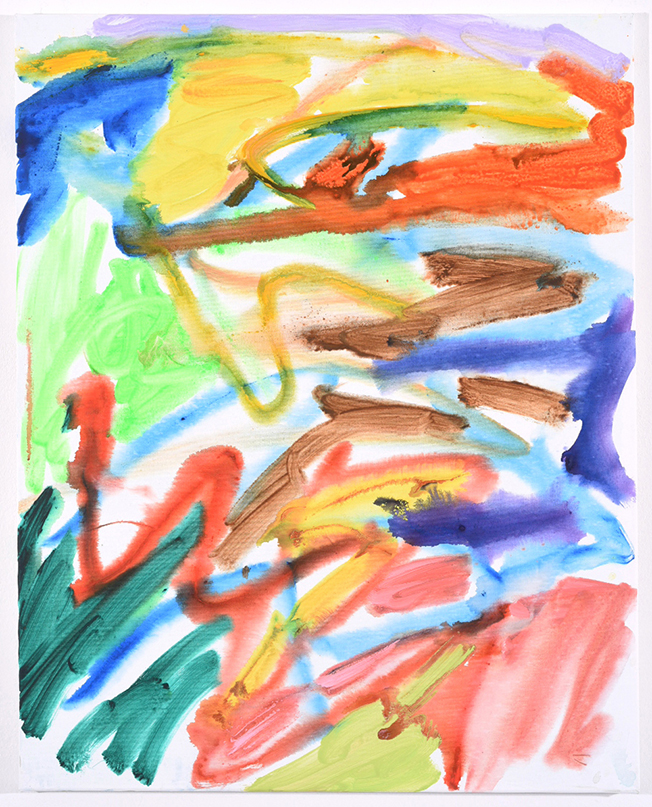 STAR 23, 2015, acrylic on canvas
STAR 23, 2015, acrylic on canvas
100 x 80 cm
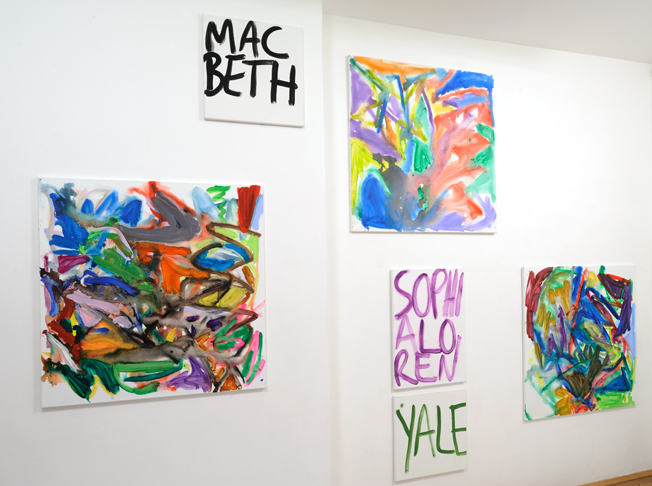 Installation view
Installation view
 STAR 24 (MACBETH), 2015, acrylic on canvas
STAR 24 (MACBETH), 2015, acrylic on canvas
50 x 50 cm
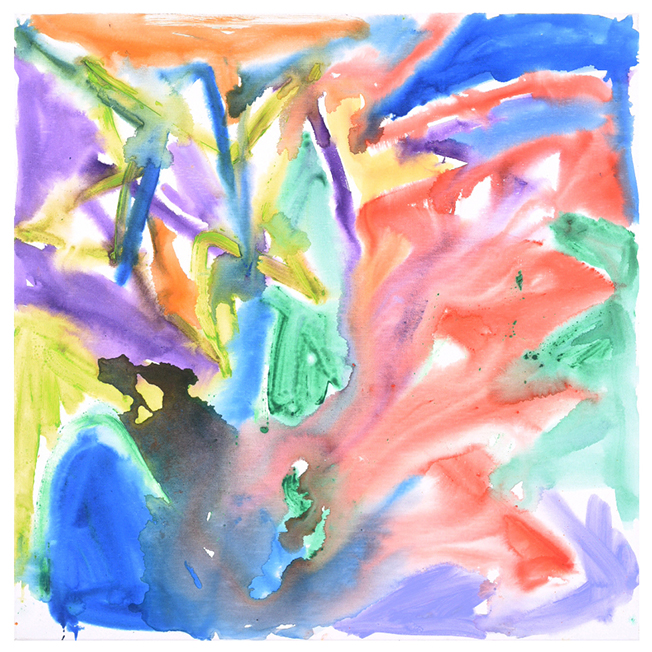 STAR 25, 2015, acrylic on canvas
STAR 25, 2015, acrylic on canvas
100 x 100 cm
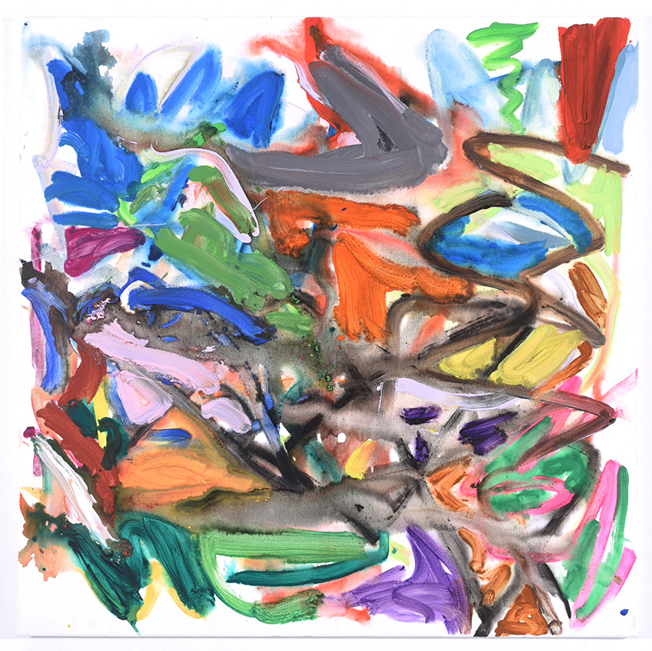 STAR 26, 2015, acrylic on canvas
STAR 26, 2015, acrylic on canvas
100 x 100 cm
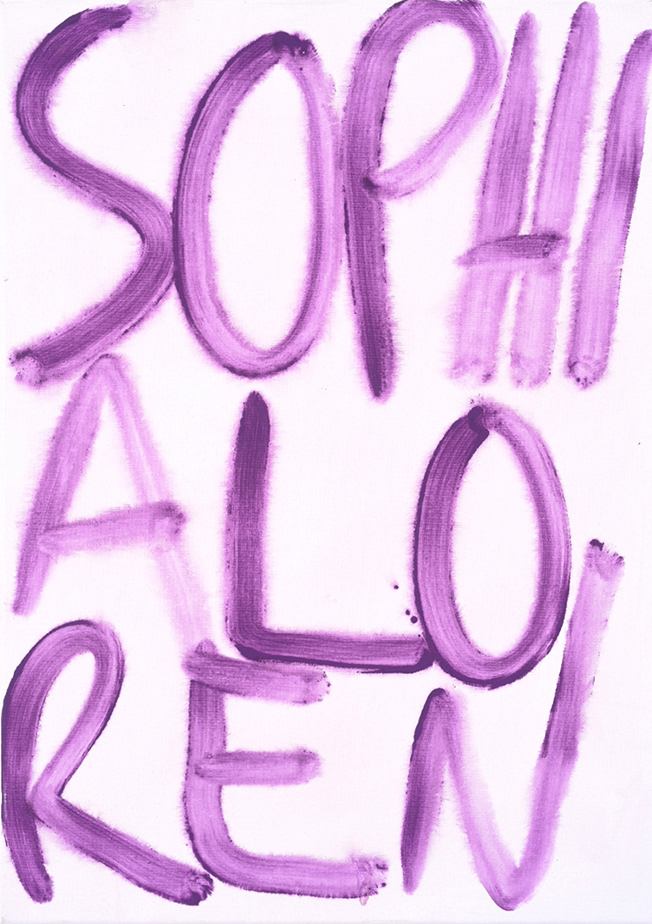 STAR 27 (SOPHIA LOREN), 2015, acrylic on canvas
STAR 27 (SOPHIA LOREN), 2015, acrylic on canvas
50 x 70 cm
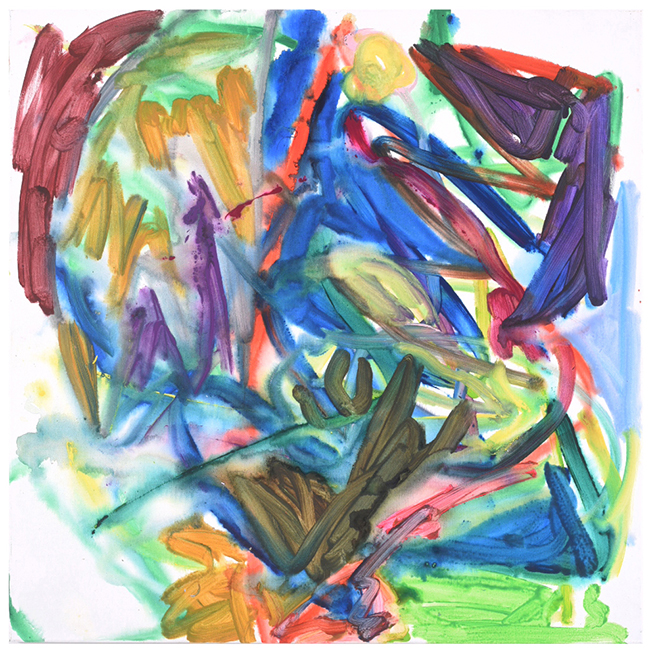 STAR 28, 2015, acrylic on canvas
STAR 28, 2015, acrylic on canvas
100 x 100 cm
 STAR 29 (YALE), 2015, acrylic on canvas
STAR 29 (YALE), 2015, acrylic on canvas
50 x 50 cm
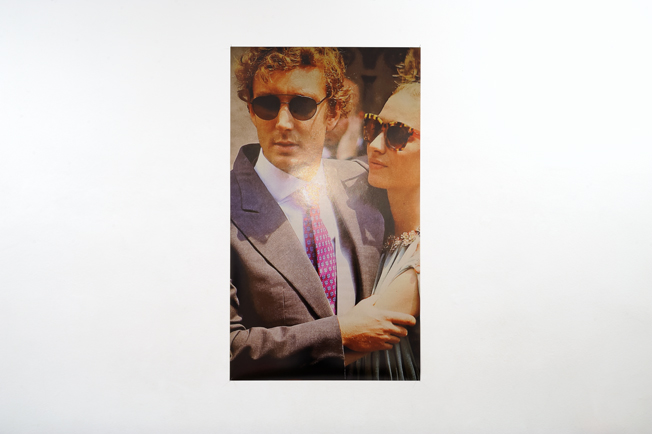 Installation view
Installation view
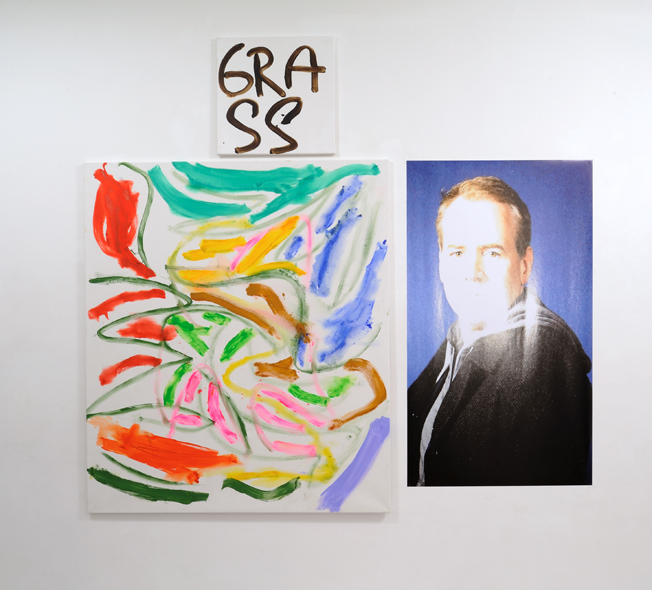 Installation view
Installation view
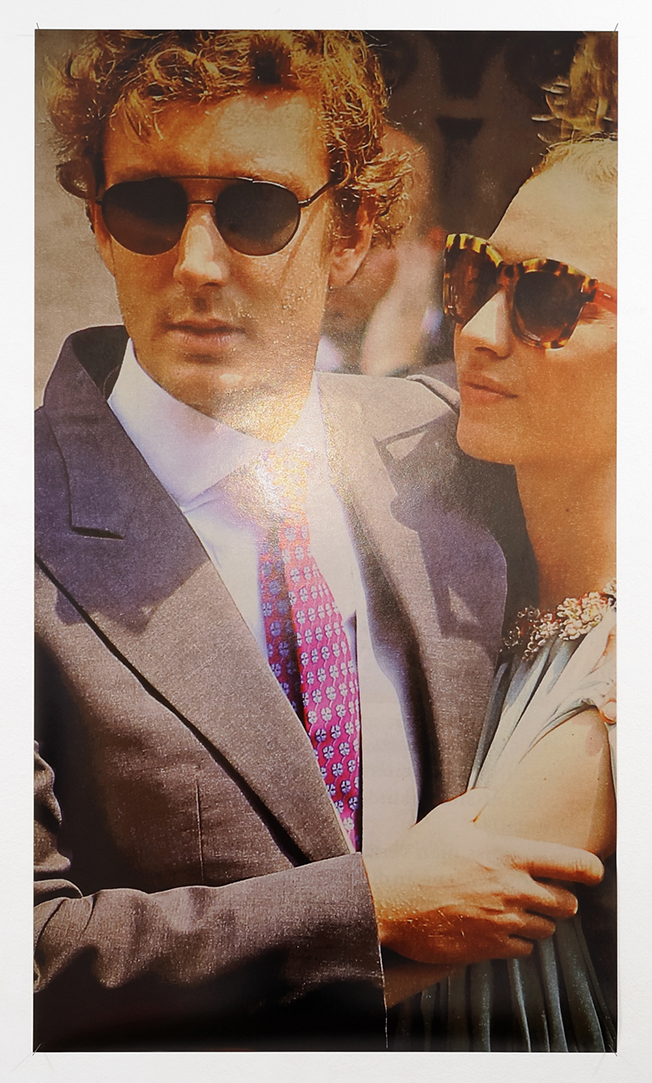 STAR 30 (Pierre Casiraghi / Beatrice Borromeo), 2015, c-print, edition 1/1 + 2 AP
STAR 30 (Pierre Casiraghi / Beatrice Borromeo), 2015, c-print, edition 1/1 + 2 AP
140 x 80 cm
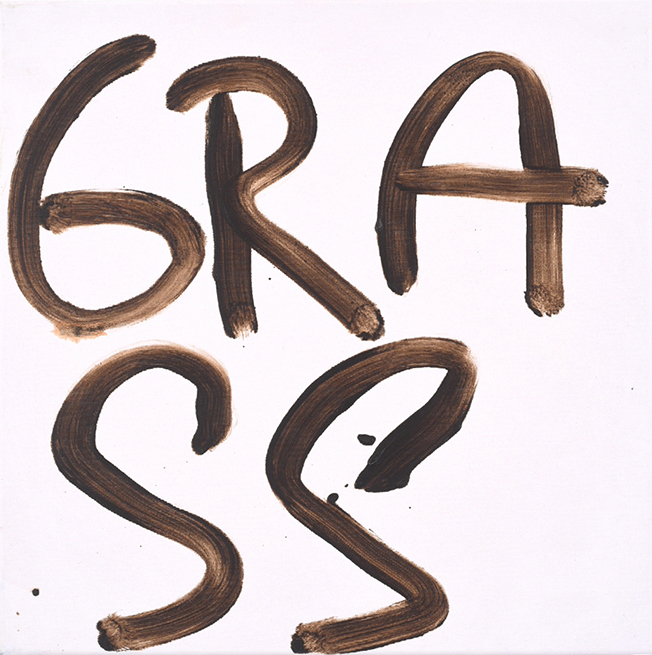 STAR 31 (GRASS), 2015, acrylic on canvas
STAR 31 (GRASS), 2015, acrylic on canvas
50 x 50 cm
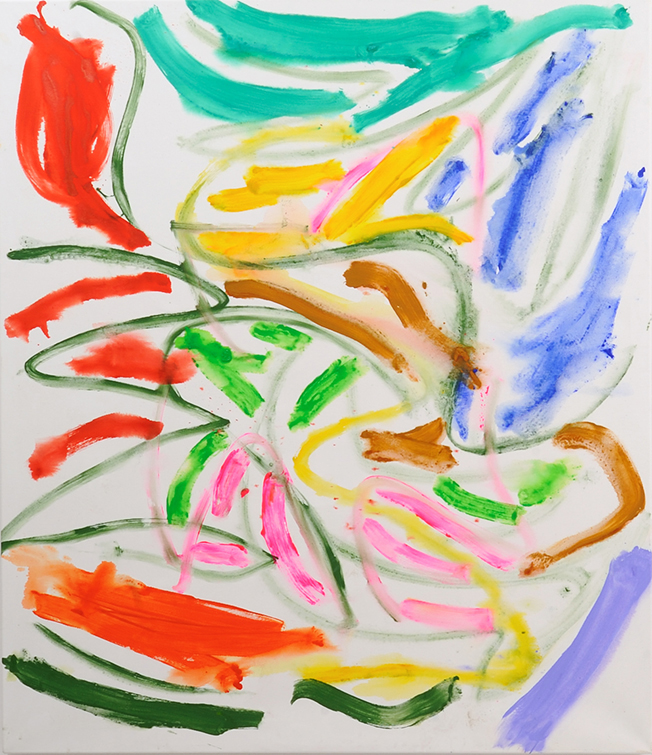 STAR 32, 2015, acrylic on canvas
STAR 32, 2015, acrylic on canvas
150 x 130 cm
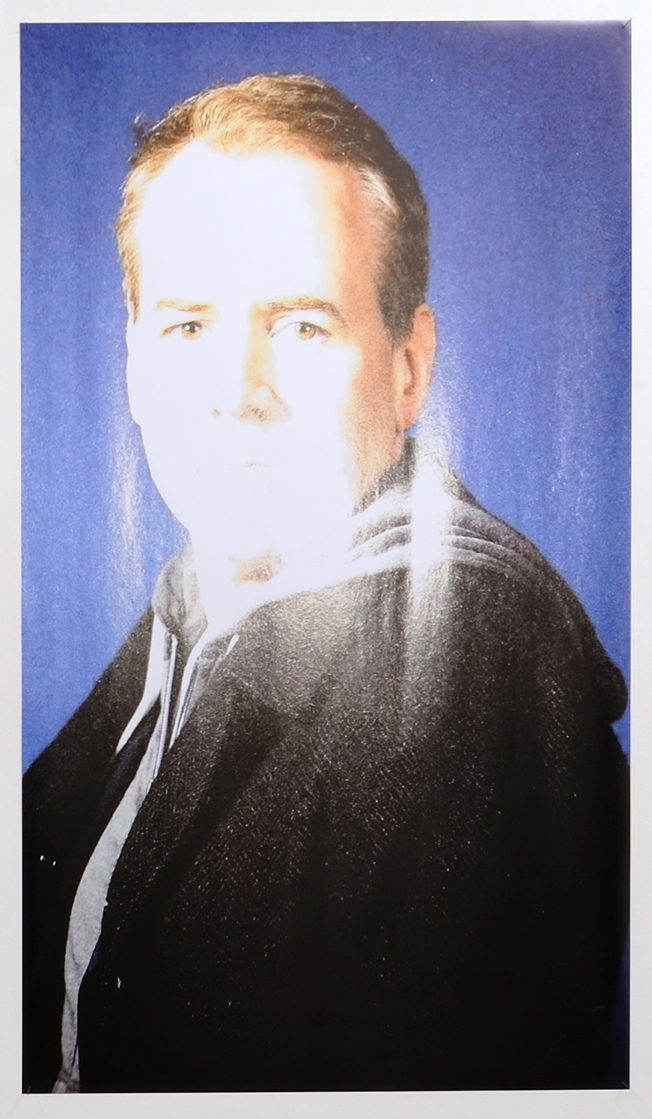 STAR 33 (Bret Easton Ellis), 2015, c-print, edition 1/1 + 2 AP
STAR 33 (Bret Easton Ellis), 2015, c-print, edition 1/1 + 2 AP
140 x 80 cm

Wie das Blitzlichtgewitter auf dem roten Teppich eines glänzenden Abends, an dem sich gezeigt, inszeniert, in die Kamera oder einander zugelächelt wird, explodieren die Sterne, fallen herab, verkeilen ihre Spitzen in der Menge, werden aufgefangen von ihren eigenen Farben und den Farben der anderen. Die Komposition entsteht aus Begeisterung und Bewegung: Alles inszeniert und alles gleichzeitig gefühlt, amerikanisch und deutsch, deutsch allerdings wie es sich heute nicht offen inszeniert, nämlich getragen von Sehnsucht, von poetischer Abstraktion, dem Wunsch nach Unberührtem: Nicht umsonst werde ich an den Film „Was nützt Liebe in Gedanken“ erinnert.Der Ausdruck der existenziellen Frage, die Abstraktion darstellt, ist hier der Stern. Das zum Gegenstand werdende Acryl, übrigens eine Errungenschaft der amerikanischen Kunst der 50er Jahre, ist ein Echo der Sehnsucht nach Echtheit und steht nur in scheinbarem Widerspruch zur Echtheit des Prinzen Harry oder des Schöpfers von „American Psycho“. Ihre Oberfläche ist die einer Magazinseite, den abstrahierenden Blick des blätternden Künstlers repräsentiert das verschleiernde Blitzlicht.Schon den Umriss eines einfachen Sterns selbst kann man als Inbegriff von Transsubstantiation verstehen. Und das englische Wort „Star“ ist in seinen beiden Bedeutungen, wie der Künstler selbst, sowohl deutsch, als auch amerikanisch: Wie kann ich den Himmel berühren und wie den roten Teppich? Was nützt Liebe in Gedanken?
In Aretha Franklins Auftritt „Tribute to Carole King“ finde ich darauf schließlich eine Antwort: In der Widerspruchslosigkeit zwischen echter Inszenierung und künstlerischer Emotion nützt sie der intellektuellen Buntheit.
Der Künstler muss keine Sterne malen, damit wir Sterne sehen. Ein Schlag ins Gesicht kann in der Malerei ein widerspruchsloses Streicheln sein. Merci.
Stars burst and tumble and cast their rays into the crowd, spiralling into colourful patterns – like red carpet flashes of cameras on a glowing evening full of seeing and being seen, laughing and performing, for the journalists or for each other. A composition made of euphoria and movement: everything is enacted and felt simultaneously, American and German in concert. A kind of German, however, that does not exist anymore today – carried by longing, by poetic abstraction, the desire for the intact, the unspoilt. Not for nothing am I reminded of the film “Love in Thought” [“Was nützt die Liebe in Gedanken”].
The star, here, represents this existential question of abstraction. The acrylic which lies at the heart of all this, an acquirement of American art of the fifties, spells out an echo of the yearning for authenticity. Thus, it seems only ostensibly contradictory to the “realness” of Prince Harry or of the creator of “American Psycho”. The surface is that of a magazine page and the abstracting gaze of the artist is epitomized by obscuring flash lights.
Alone the contour of a simple star can be understood as embodiment of transubstantiation. And the word “star” in its two connotations is, just like the artist himself, both German and American: How can I reach for the sky? And how for the red carpet? What good can love do in thought? Was nützt die Liebe in Gedanken?
The answer to this question can be found in Aretha Franklin’s performance “Tribute to Carole King”: In the uncontradictory space between true performance and artistic emotion it contributes to a vibrant intellectual colourfulness.
The artist does not have to paint stars for us to see stars. A punch to the face may be a calm caress in painting. Merci.
By Andreas Chwatal, translated by Jennifer Leetsch